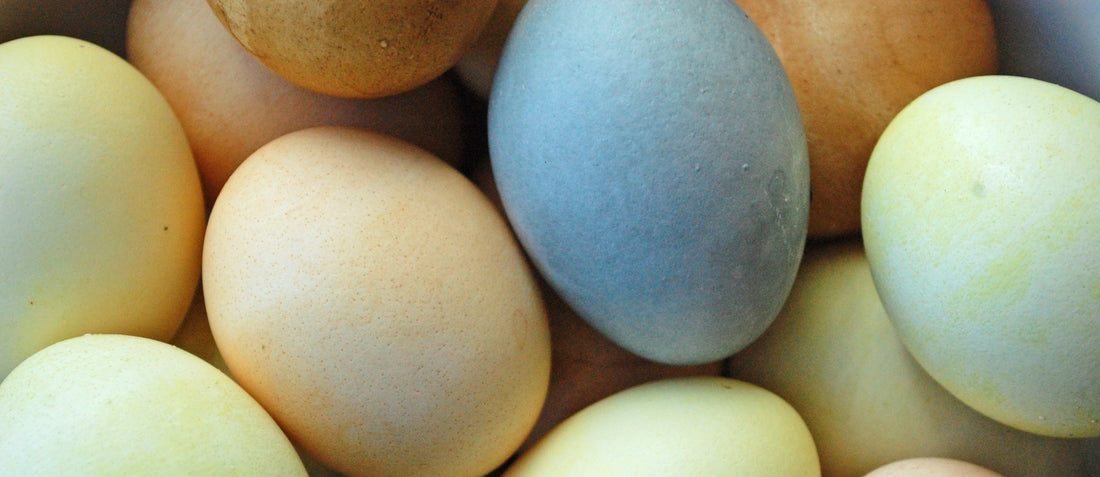How to Dye Easter Eggs Naturally
Dyeing eggs is a spring tradition that anyone can enjoy, no matter religious beliefs! Let’s be honest, who doesn’t want to open the fridge to a carton of multicolored eggs? It’s a fun tradition, and celebrates the colors of spring. But fake dyes - not so fun. Enter a much more natural way to dye eggs: with tea!
Be aware, this method of dyeing eggs takes at least 1 hour and will not produce the neon-hues that are common in traditional easter egg kits available at most grocery stores. Kids (and adults) will need a little extra patience for this egg-dyeing adventure! But, it is well worth the extra effort and may even spark a good conversation about the differences between natural dyes and artificial dyes. Also, it’s fun to brew a separate cup of each tea to drink while dyeing.
Step 1: Start by choosing your colors (aka teas)!
Unfortunately, not every tea is created equal when it comes to egg dyeing. Many teas produce a brew that is too light to be effective. However, our top 8 teas and herbs and their resulting hues are listed below. Purchasing an Arbor Teas sample size of each tea is all you need to start dyeing, with a little tea left over to enjoy a cup of each tea for yourself!
Step 2: Next, brew a double strength cup of each tea by combining 8 oz of boiling water with each tea. Check the Arbor Teas website or the back of the packaging for recommended tea measurements per cup - then double that amount to create a double strength brew.
Step 3: Brew each tea for at least 10 minutes. After 10 minutes, do not remove the tea! Leave the tea leaves in each cup.
Step 4: Next, place a room temperature, hard-boiled, white egg in each cup of brewed tea. Steep each egg for at least 1 hour, then remove and pat dry. If you want a more opaque color, steep longer. We let ours steep for 1 hour, and the colors were light but evident (as seen in the photos on this page). Play around with double dipping! Dye eggs, let them dry, and dip them again in a different tea to play with color.

Top 8 Teas To Use:
Organic Hibiscus: a surprising, blue hue
Organic Golden Ginger Turmeric: pale yellow coloring.
Organic Rooibos: (any kind except Green Rooibos) light pink, slightly red hue.
Organic Chaga Chicory: chocolatey brown color.
Organic Wild Tree Pu Erh: dark brown color (lighter than Organic Chaga Chicory).
Organic Assam: light brown, slightly red color.
Organic Yerba Mate: light green hue.
Organic Chamomile: buttery yellow tone.
Note: Colors may fade with time. This is the nature of natural dyes. We found that the color faded more quickly when we put ours in the fridge.


